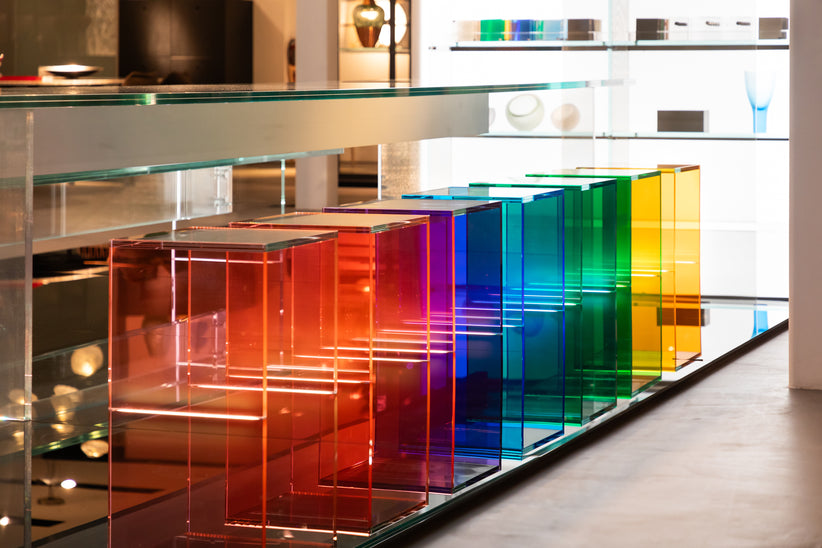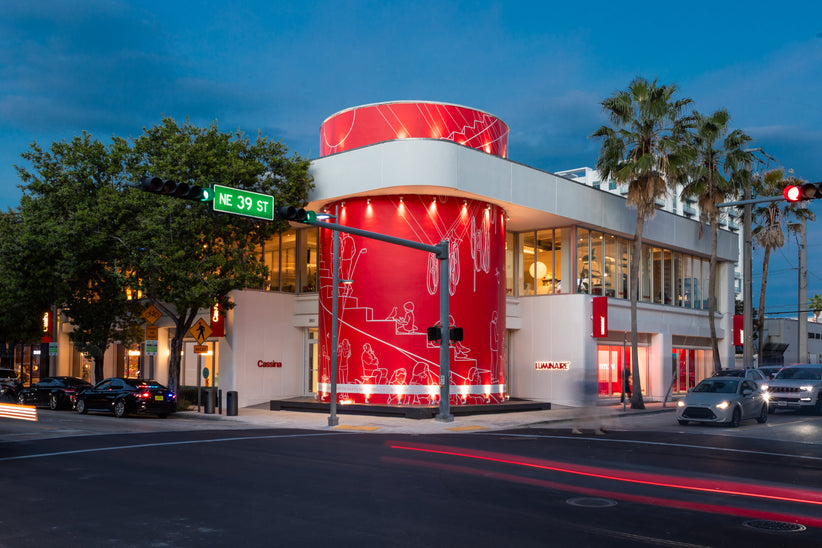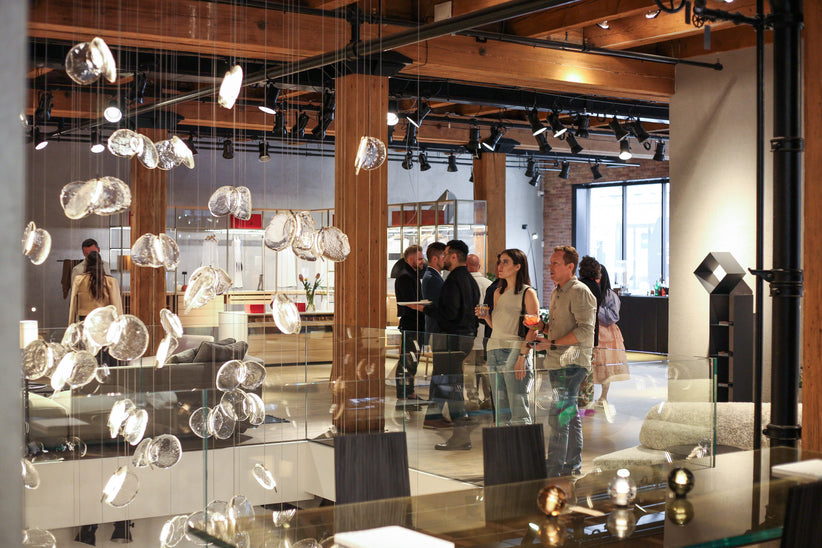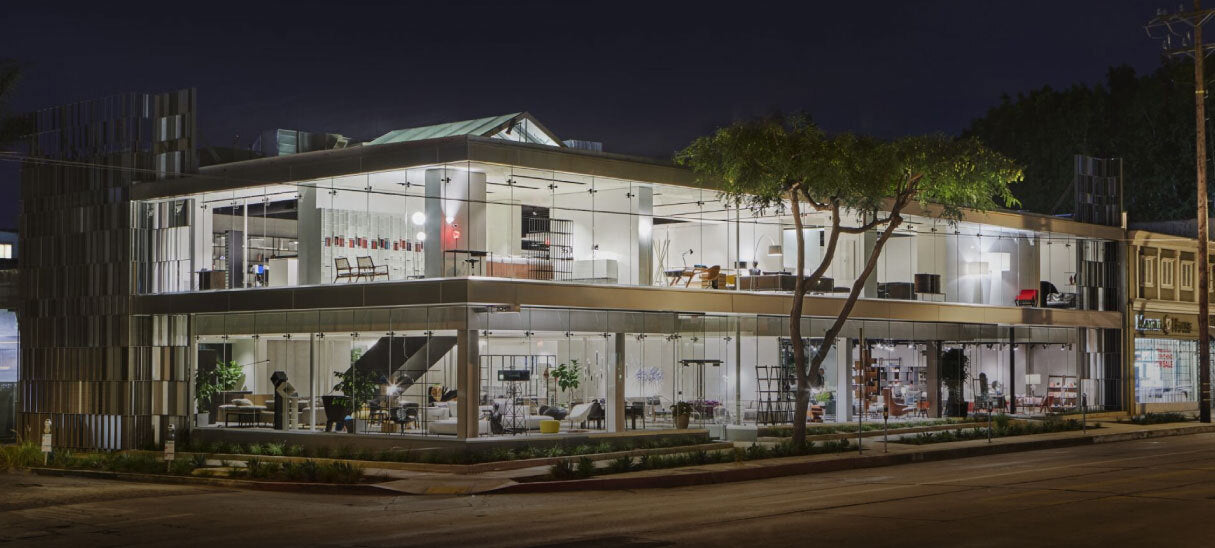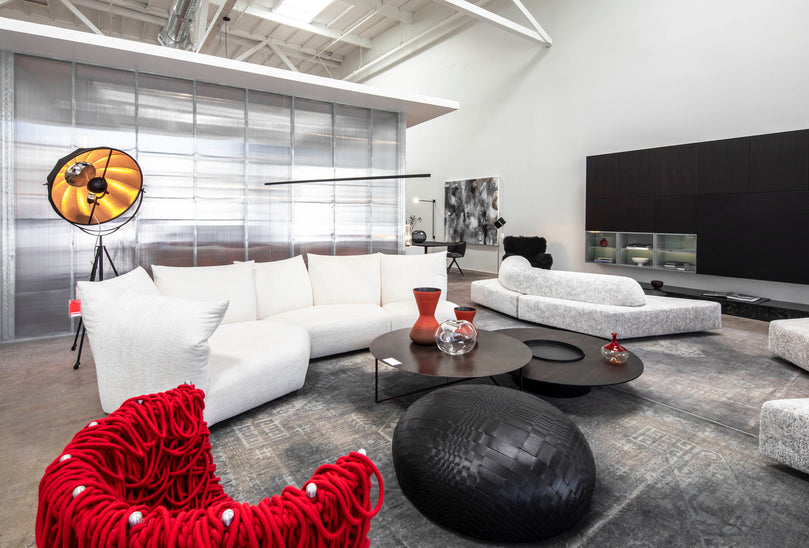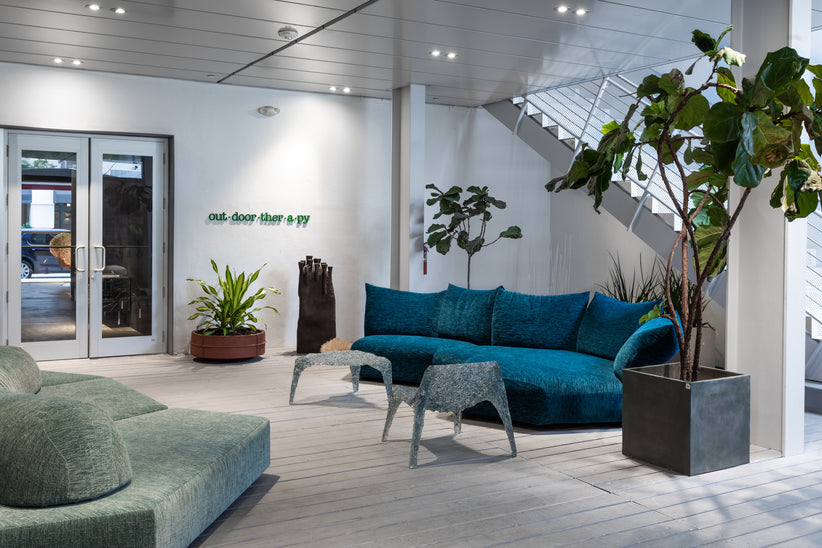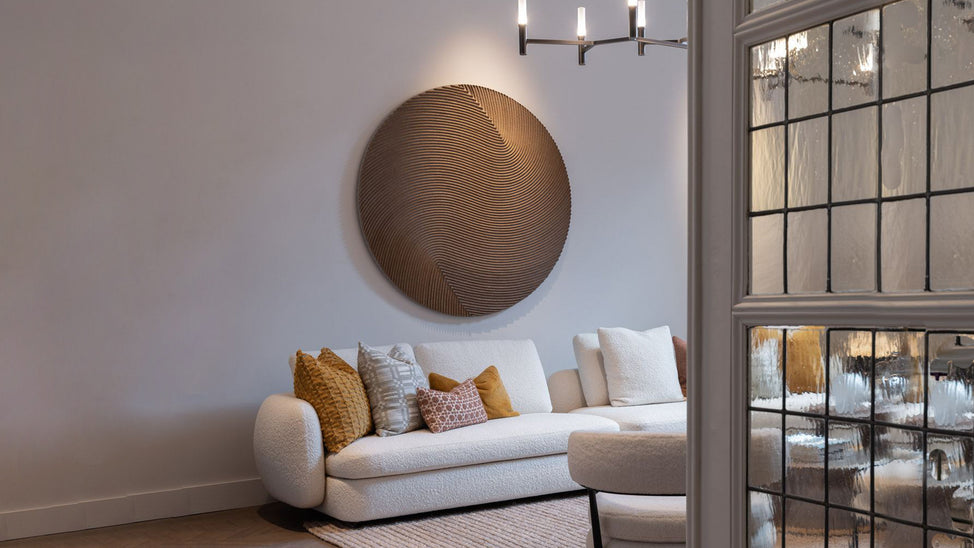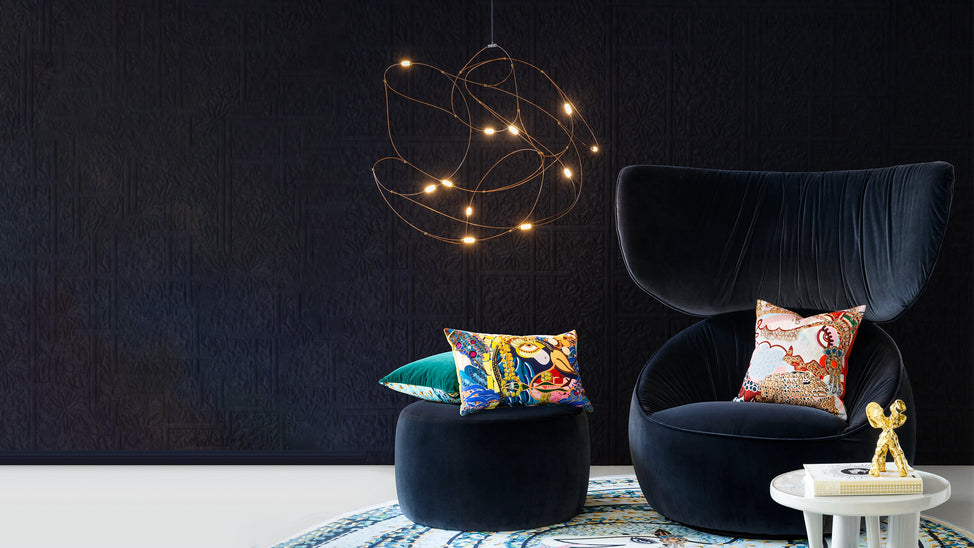Luminaire shares the work of historical designers who continue to inspire the design world in hopes of spreading a love for passionate work and those who, throughout time, are responsible for creating it. In this spirit, Luminaire presented a gripping exhibition in honor of Eileen Gray, a contemporary of Le Corbusier, Walter Gropius, and Mies Van Der Rohe who has emerged more recently from the shadows of her male contemporaries and recognized as a designer and architect independent in her own right.
Working in the International Style, she adopted many of the ideals of her celebrated contemporaries. However, some have suggested that her architecture not only conforms to the aesthetics and principles of the modernism, but also works to critique the movement in hopes of pushing boundaries and creating designs that will also adapt to a fluid, ever shifting cultural environment. Nine of her forty-five architectural projects were built, and her most famous building, E.1027, was a favorite of Le Corbusier.
She likewise exuded a distinct, almost defiant style in her objects and furniture. Her voluptuous leather and tubular steel Bibendum Chair and clinically chic E-1027 glass and tubular steel table, both part of Luminaire’s collection, are now as familiar as icons of the International Style as Le Corbusier and Perriand’s classic Grand Confort club chairs.
As Naples interior and furniture designer Richard Geary once said, \”Most phenomenal was her ability to translate furniture into sculptural form and not be a prisoner of convention. She was so far ahead of her time.\”
As a female working independently in the early 20th century, she was often isolated from her male colleagues and her work was, for some time, underappreciated. By exhibiting her work and giving visitors a chance to experience her genius first hand, Luminaire provided invaluable insight into the evolution of her work, its timelessness, and the social context in which she created it.
Thursday, June 1, 2000


